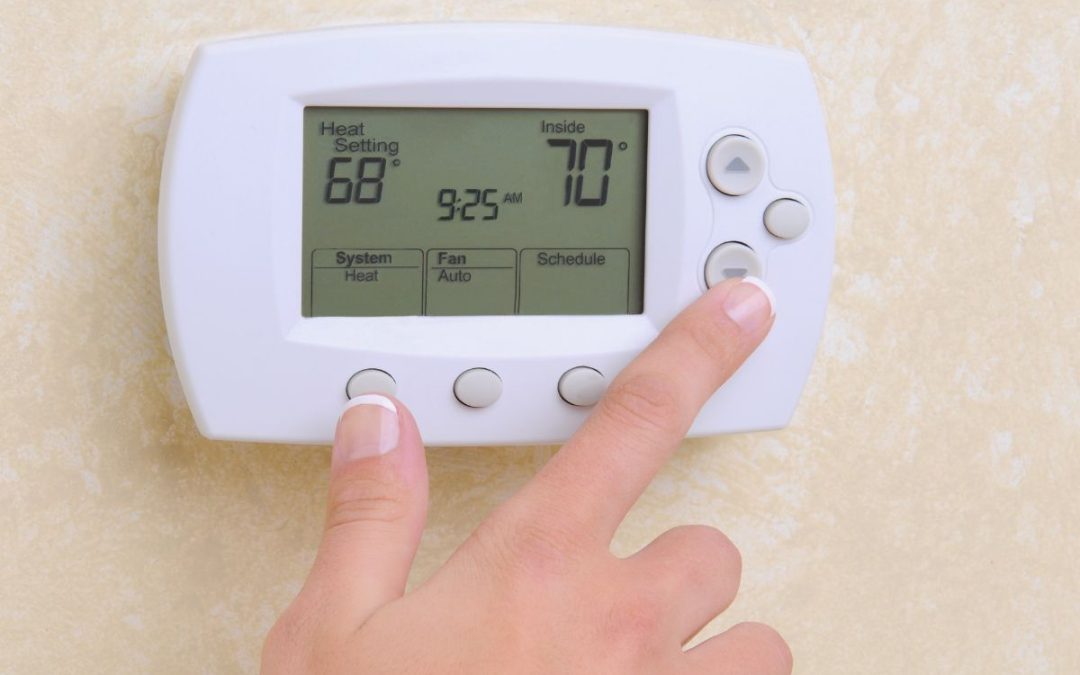Tips for Choosing Safe Bunk Beds for Babies

Choosing a bunk bed for your baby involves careful consideration of safety, functionality, and design. Bunk beds can be a practical solution for siblings sharing a room or for maximizing space in a nursery. However, ensuring the safety of your baby is paramount. Here are essential tips to help you select a safe bunk bed that meets your needs.
1. Check Safety Standards and Certifications
When purchasing a bunk bed for babies, prioritize products that meet current safety standards and certifications. Look for beds that comply with ASTM (American Society for Testing and Materials) or CPSC (U.S. Consumer Product Safety Commission) guidelines. These standards ensure that the bunk bed has been tested for stability, structural integrity, and safety features.
2. Opt for Sturdy Construction
Choose a bunk bed made from solid, durable materials such as hardwood or metal. Ensure that the bed frame is sturdy and stable to prevent accidents such as tipping or collapsing. Avoid bunk beds with sharp edges or protruding hardware that could pose a safety hazard to your baby.
3. Guardrails are Essential
Guardrails are crucial safety features for bunk beds, especially for babies and young children. Ensure that both the top and bottom bunks are equipped with full-length guardrails that are at least 5 inches above the mattress surface. Guardrails help prevent accidental falls during sleep or playtime, providing added security and peace of mind.
4. Consider the Height and Accessibility
For babies, choose a bunk bed with a lower height for easy access and supervision. The lower bunk should be easily accessible for placing your baby in and out of bed, as well as for changing bedding and cleaning. Avoid bunk beds with excessive height or gaps that could be difficult for you to reach or monitor.
5. Mattress Fit and Support
Ensure that the bunk bed mattresses fit snugly within the bed frame without gaps that could trap or injure your baby. Use mattresses specifically designed for bunk beds to ensure proper support and safety. Consider mattresses with breathable materials and waterproof covers for easy cleaning and maintenance.
6. Check for Lead and Toxic Materials
Verify that the bunk bed and its components, such as paint or finishes, are free from lead and other toxic materials. Choose beds with non-toxic finishes or natural wood options to minimize exposure to harmful chemicals, ensuring a safe sleeping environment for your baby.
7. Regular Maintenance and Inspections
After purchasing a bunk bed, regularly inspect and maintain it to ensure continued safety. Check for loose screws, damaged guardrails, or signs of wear and tear that could compromise stability. Tighten bolts and screws as needed and replace any worn-out parts promptly.
8. Educate Siblings and Caregivers
If your baby will be sharing the bunk bed with an older sibling or cared for by others, educate them about bunk bed safety guidelines. Emphasize the importance of using the ladder properly, not jumping on the bed, and keeping toys and other objects away from the top bunk.
Conclusion
Choosing a safe bunk bed for your baby involves careful consideration of construction, safety features, and maintenance. By prioritizing safety standards, opting for sturdy materials, and ensuring proper mattress fit and guardrails, you can create a secure and comfortable sleeping environment for your baby. Remember to regularly inspect and maintain the bunk bed to ensure continued safety and peace of mind for you and your family.




